Summary of knowledge related to fasteners (5)
8. Thread fit grade
Thread fit refers to the size of looseness or tightness between the threads, and the grade of fit is the specified combination of deviation and tolerance acting on the internal and external threads.
(1) For the unified imperial thread, there are three thread grades for external threads: 1A, 2A, and 3A, and three grades for internal threads: 1B, 2B, and 3B, all of which are clearance fit. The higher the level number, the tighter the cooperation. In the British thread system, the deviation is only specified for grades 1A and 2A, with zero deviation for grade 3A, and equal grade deviation for grades 1A and 2A.
The larger the number of levels, the smaller the tolerance, as shown in the figure:
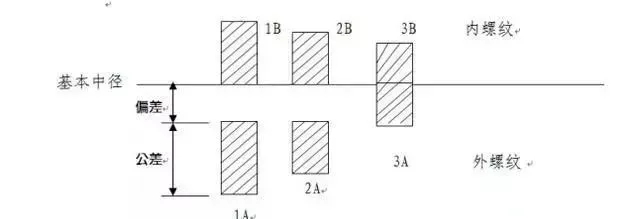
1) Class 1A and 1B, very loose tolerance grades, suitable for tolerance fit of internal and external threads.
2) 2A and 2B grades are the most commonly used thread tolerance grades for British series mechanical fasteners.
3) 3A and 3B grades, screw fit to form the tightest fit, suitable for fasteners with tight tolerances, used for critical safety designs.
4) For external threads, there is a matching deviation between 1A and 2A grades, while 3A grade does not. Grade 1A tolerance is 50% larger than Grade 2A tolerance and 75% larger than Grade 3A tolerance. For internal threads, Grade 2B tolerance is 30% larger than Grade 2A tolerance. Grade 1B is 50% larger than Grade 2B and 75% larger than Grade 3B.
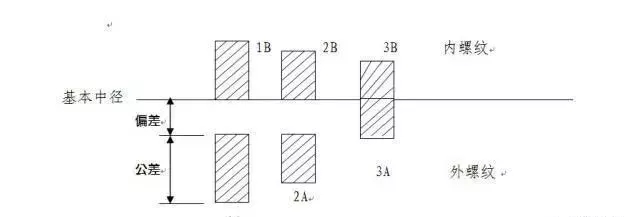
(2) Metric threads have commonly used thread grades for external threads: 4h, 6e, 6g, and 6h, and commonly used thread grades for internal threads: 6G, 6H, and 7H. In metric threads, the basic deviation of H and h is zero. The basic deviation of G is positive, while the basic deviations of e, f, and g are negative. As shown in the figure:
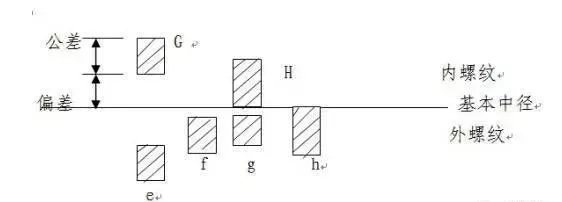
1) H is a commonly used tolerance zone position for internal threads, and is generally not used as a surface coating or with an extremely thin phosphating layer. The basic deviation of G position is used in special occasions, such as thicker coatings, and is generally rarely used.
2) G is commonly used to coat thin coatings of 6-9 μ m. If the product drawing requires a bolt to be plated for 6 hours, the thread before plating should have a tolerance band of 6g.
3) The best combination of thread fit is H/g, H/h, or G/h. For refined fasteners such as bolts and nuts, the standard recommends using a 6H/6g fit.
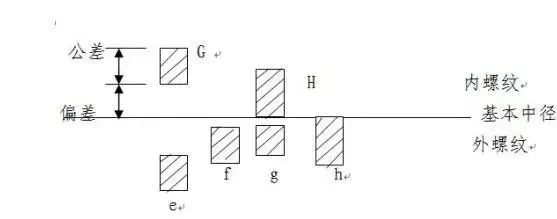
Medium precision level for ordinary threads
Nut: 6H Bolt: 6g
Medium precision grade for threads with thick coating
Nut: 6G Bolt: 6e
High precision level
Nut: 4H Bolt: 4h, 6h
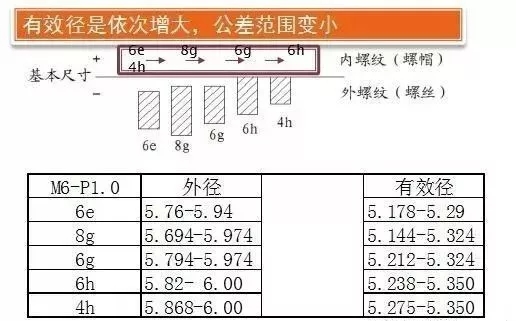
9. Common specialized threads
Self tapping thread: It is a type of wide thread with a large lead.
GB/T5280 JIS B1007
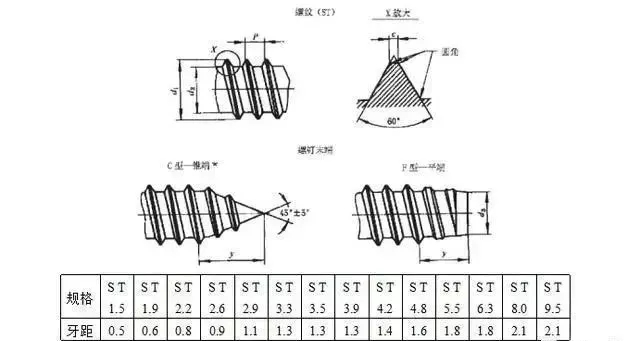
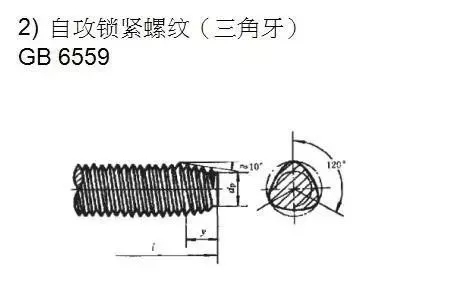
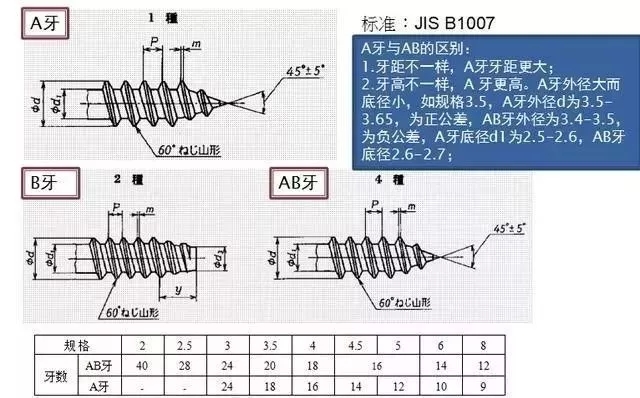
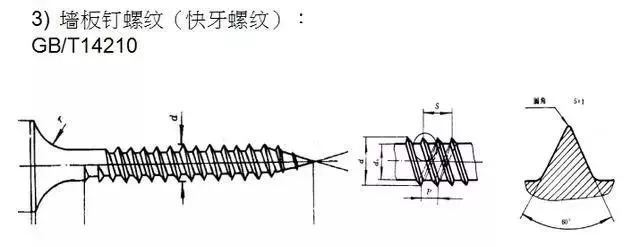
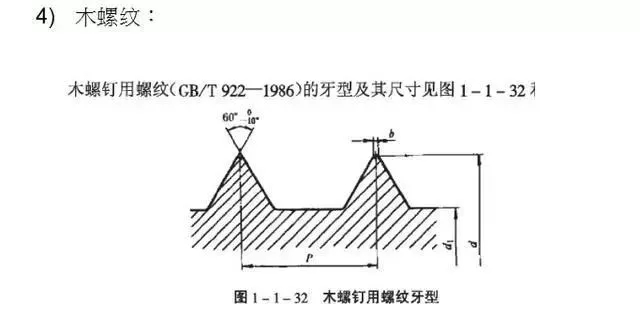

2 Comments